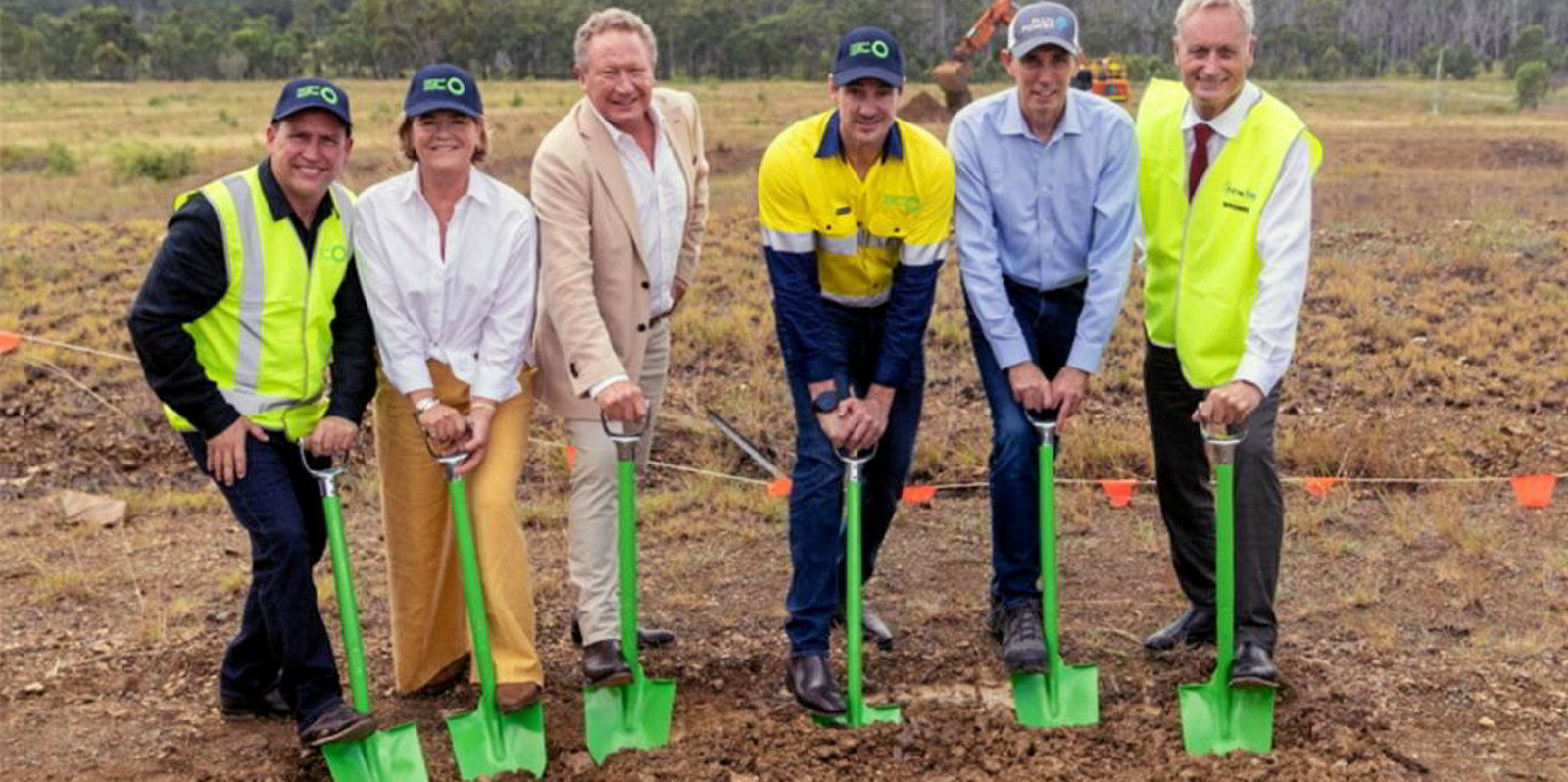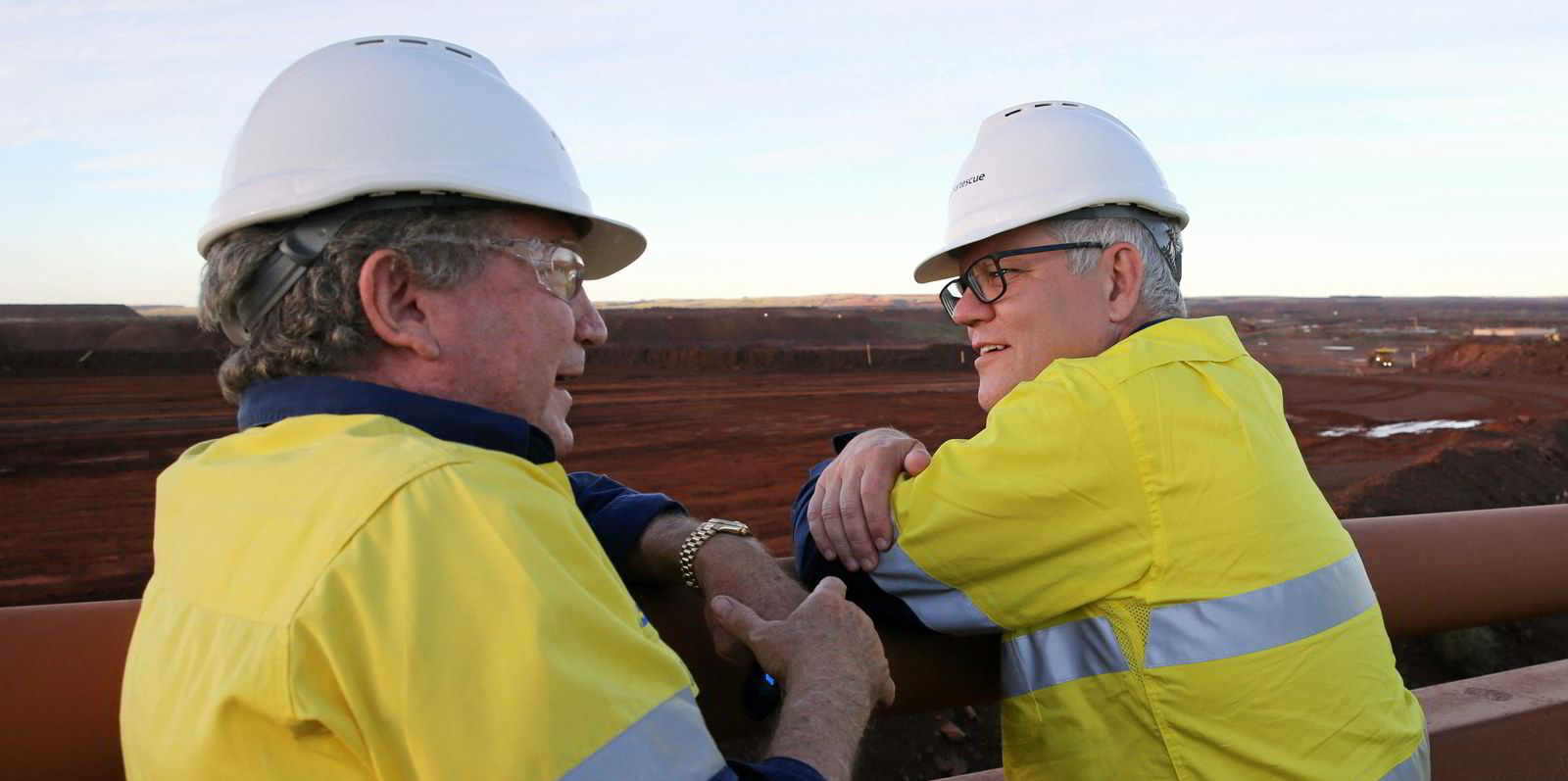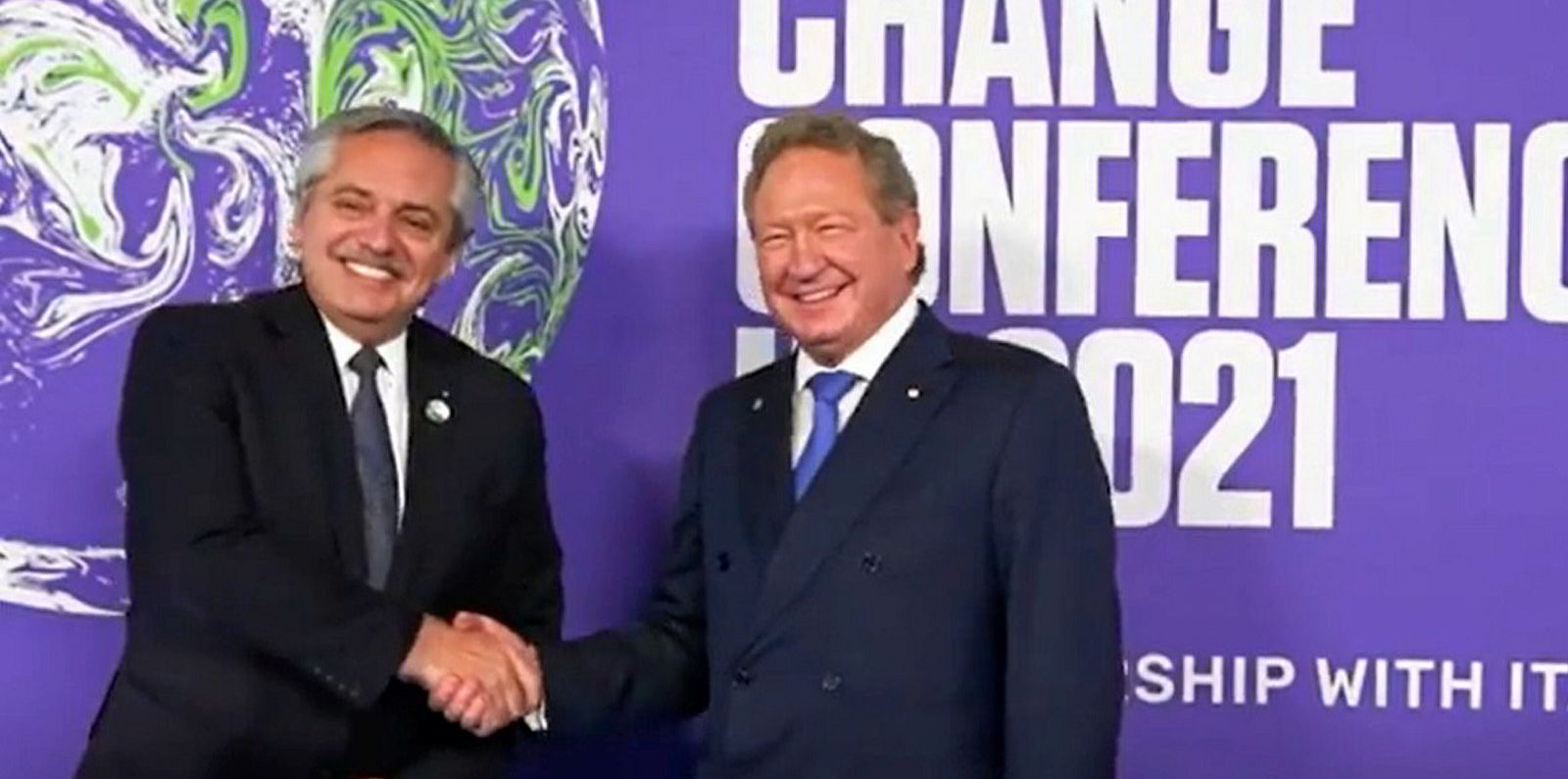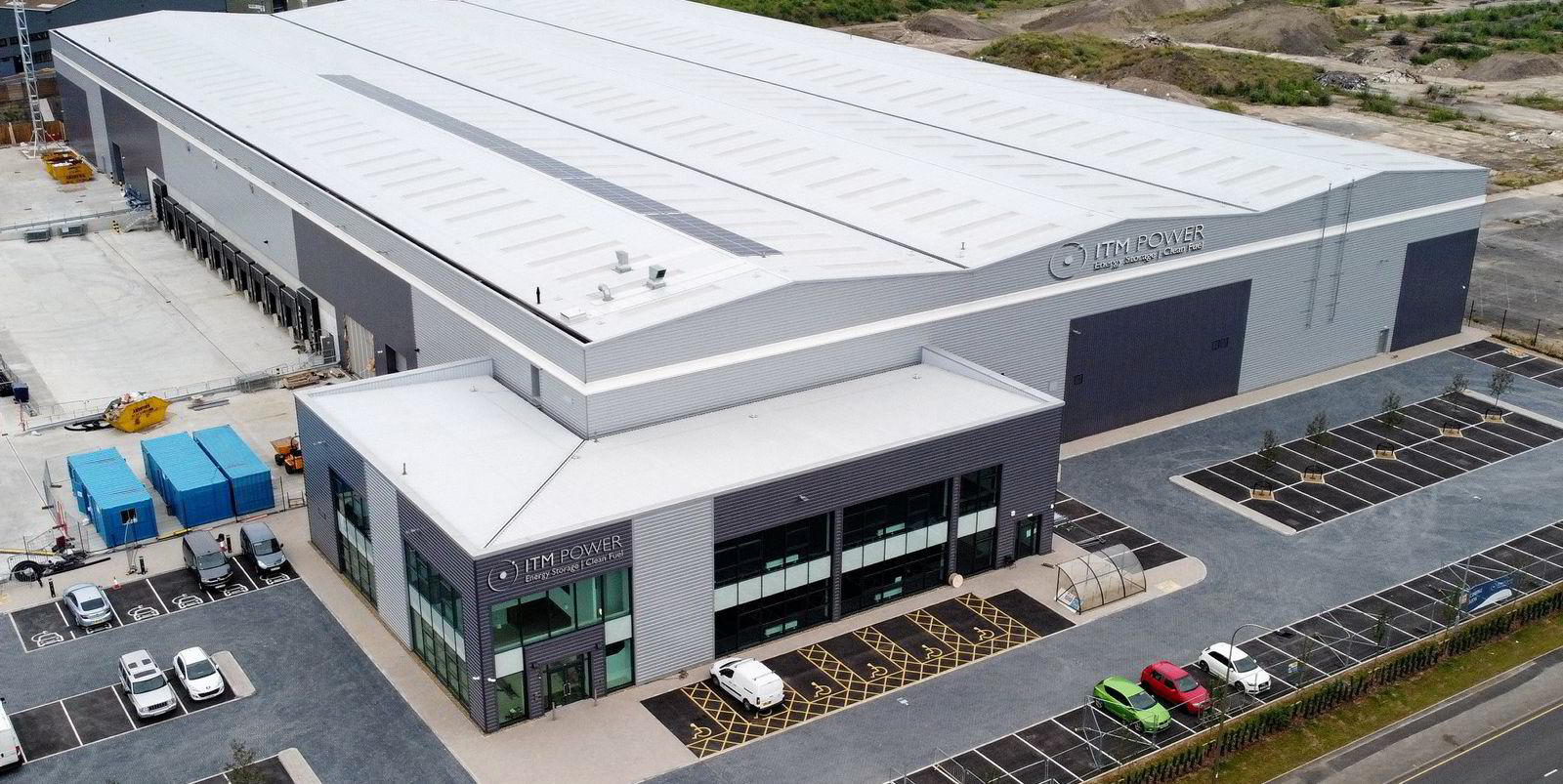AUSTRALIA
Iron-ore billionaire starts construction of world's largest hydrogen electrolyser factoryThe new plant in Queensland, Australia, is the first part of a planned green manufacturing hub where wind turbines, solar panels, batteries and electrical cables will also be built

Andrew 'Twiggy' Forrest (third left) with colleagues at the ceremonial dig that marked the start of construction at Fortescue Future Industries' 2GW electrolyser factory in Queensland.Photo: FFI
28 February 2022
By Leigh Collins
Construction has begun on iron-ore billionaire Andrew “Twiggy” Forrest’s 2GW electrolyser factory in Queensland, northeast Australia — which will be the largest in the world upon completion in early 2023.
The A$114m ($83m) facility — a 50/50 joint venture between US electrolyser maker Plug Power and Forrest’s company Fortescue Future Industries (FFI) — is the first part of the Green Energy Manufacturing Centre (GEM), where FFI plans to eventually produce wind turbines, solar panels, batteries and electrical cables.
GEM is being built at the Aldoga industrial development zone near the coastal city of Gladstone, which is one of the world’s largest coal-exporting ports — due to its proximity to the Bowen Basin, a region that contains Australia’s largest coal reserves.

Australian billionaire Forrest plans $7bn wind, solar and battery plant to green iron ore minesRead more

Iron-ore billionaire Andrew Forrest unveils 15GW green hydrogen project in ArgentinaRead more

ITM raises $343m to boost annual hydrogen electrolyser production to world-leading 5GWRead more
The electrolyser factory, which was only announced in October, will be powered by green energy and use Plug Power’s proton exchange membrane (PEM) technology. PEM electrolysers are more expensive to produce than standard alkaline versions, but are said to be better at dealing with the variable output from wind and solar farms.
FFI claims that the “initial capacity of 2GW per annum” will more than double current global production, but this would only be true if existing electrolyser factories are not operating at full capacity at the beginning of next year.
And while it will be the largest electrolyser factory upon completion, it might not hold that title for long, with the UK's ITM Power and Germany's Thyssenkrupp both announcing plans to expand their production capacity to 5GW by 2024 and 2025, respectively. Norway's Nel also plans to expand its new electrolyser factory to 2GW, but has not said when it hopes to reach this goal.
Article continues below the advert
Giga-scale electrolyser factories have also been announced by France’s McPhy (1GW), Plug Power (1GW in the US and 1GW in South Korea), US manufacturer Cummins (1GW, in a joint venture with Chinese oil giant Sinopec) and India’s Ohmium (500MW, but “expandable to 2GW”).
The first electrolysers built at the GEM factory are due to be deployed at FFI’s own Gibson Island project in Brisbane, Queensland, which aims to produce 50,000 tonnes of green hydrogen per year for ammonia production.
FFI says that the 2GW of electrolysers produced annually at the Gladstone factory would be able to produce more than 200,000 tonnes of green hydrogen every year.
“The electrolyser facility will see Gladstone become a world leading hub for the manufacture of electrolysers which are vital to the production of green hydrogen – a zero-carbon fuel that will decarbonise hard-to-abate sectors such as heavy haulage, shipping, aviation, and industry,” said FFI in a statement.
Forrest added: “The world is moving on from fossil fuels and the green industrial revolution is underway. Fortescue Future Industries’ game changing electrolyser facility in Gladstone is putting Queensland at the centre of this revolution, which is creating an entirely new industry and thousands of multi-generational jobs for Australians.”
A 3GW green hydrogen plant is also being planned at the Aldoga industrial development zone — by Stanwell, a power producer owned by the Queensland government, in conjunction with Japanese industrial gases company Iwatani.
No comments:
Post a Comment